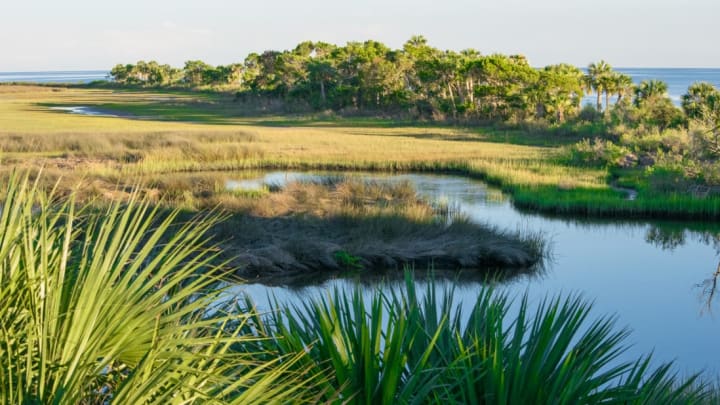UK engineers have discovered evidence of a prehistoric coastline just outside London while preparing for a new high-speed railway, The Guardian reports.
The UK government has been analyzing the ground at the proposed locations for the railway, HS2, since 2015. Engineers are using radar, taking core samples, and digging pits before Phase 1 of construction. While evaluating the site of a future tunnel, geologists found signs that the site in the West London area of Ruislip was once a coastal marsh. Almost 110 feet under the ground, they discovered black clay they believe was formed from wooded swampland on the coast of a subtropical sea.

The unusually well-preserved layer of clay, which features traces of vegetation, dates back to around 56 million years ago, when Great Britain was partially covered by a warm sea. Less than 200 feet away from where the black clay was discovered, the layer of earth at the same depth is made of sand and gravel, likely deposited by the sea.
"Although ground investigations regularly take place across the country, it's really exciting and very unusual to come across a material that no one has ever seen before," geological expert Jacqueline Skipper said in a press release from HS2. "The 'Ruislip Bed' discovery is particularly fascinating, as it is a window into our geological history." While researchers knew that much of England was underwater during this period, this evidence helps them pinpoint exactly where that sea began.
[h/t The Guardian]
